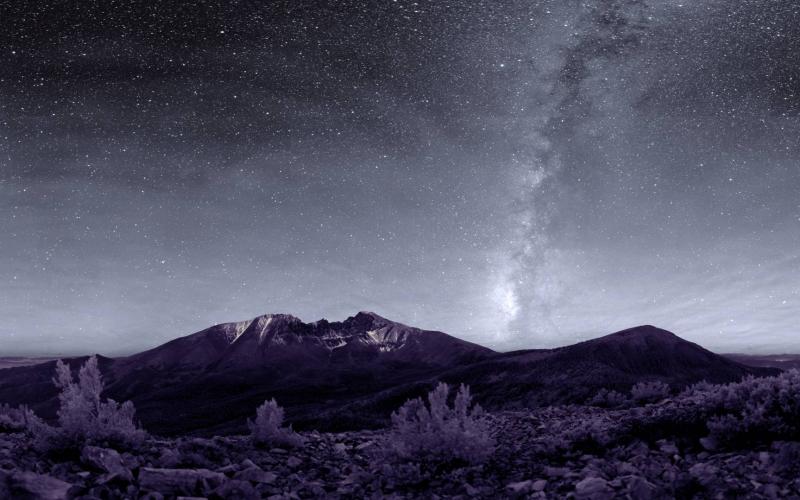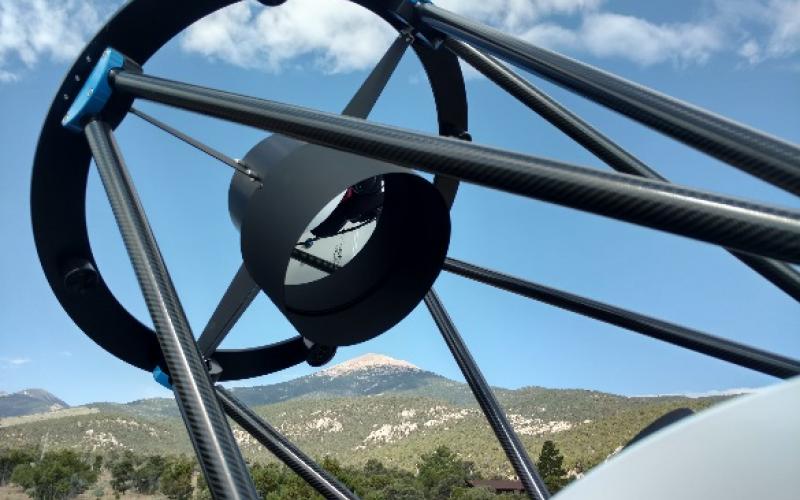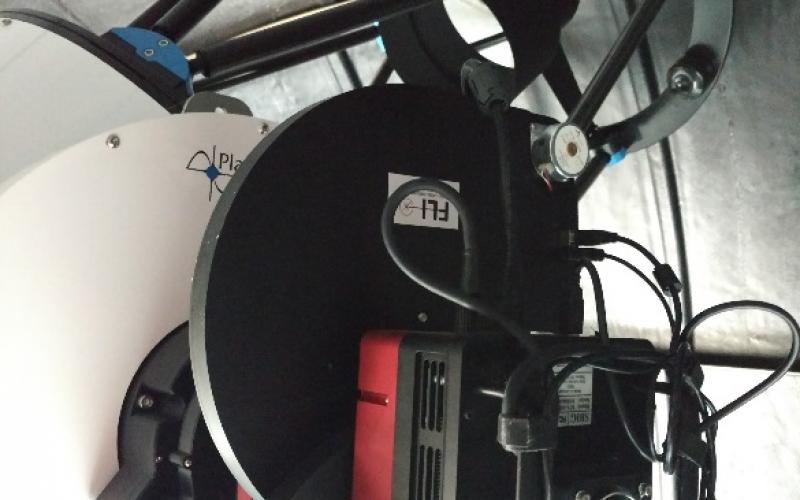CCD Camera
Digital sensors are much more sensitive to faint light than the human eye, so virtually all modern astronomical research is performed by taking digital images rather than looking through a telescope eyepiece. A high-quality CCD camera is an essential component that allows the observatory to fulfill its mission.
The CCD camera uses a digital sensor not that unlike the one in your digital camera or smartphone, but with some key differences. First of all, the CCD sensor on the Great Basin telescope measures about 1.4” on each side, whereas the camera sensor in your smartphone likely measures less than 0.25” on a side. Secondly, the sensor is electronically cooled to -58° F. Operating the camera at a low temperature reduces the noise in the image, helping to increase the sensitivity of the chip and allowing it to see fainter objects more clearly.
The CCD camera can take exposures ranging from 0.1 seconds (for very bright objects) to an hour (for fainter objects). In most cases the telescope will take multiple images of the same object and then researchers will “stack” the images together to reduce noise and get a more detailed image of the object.













